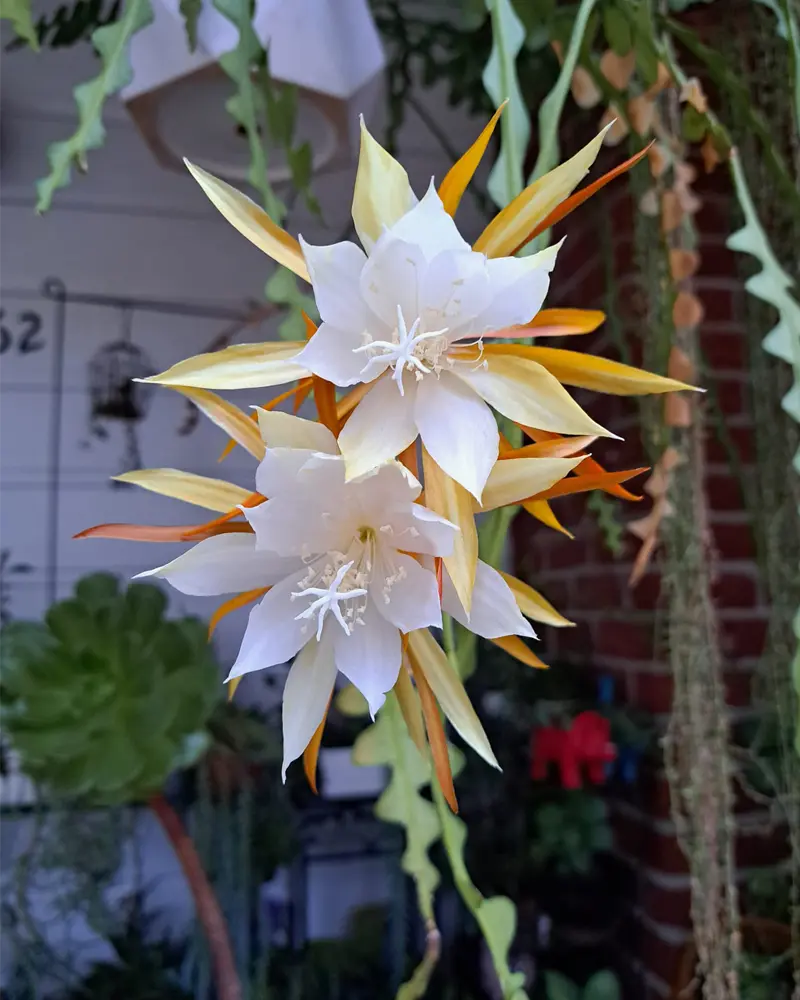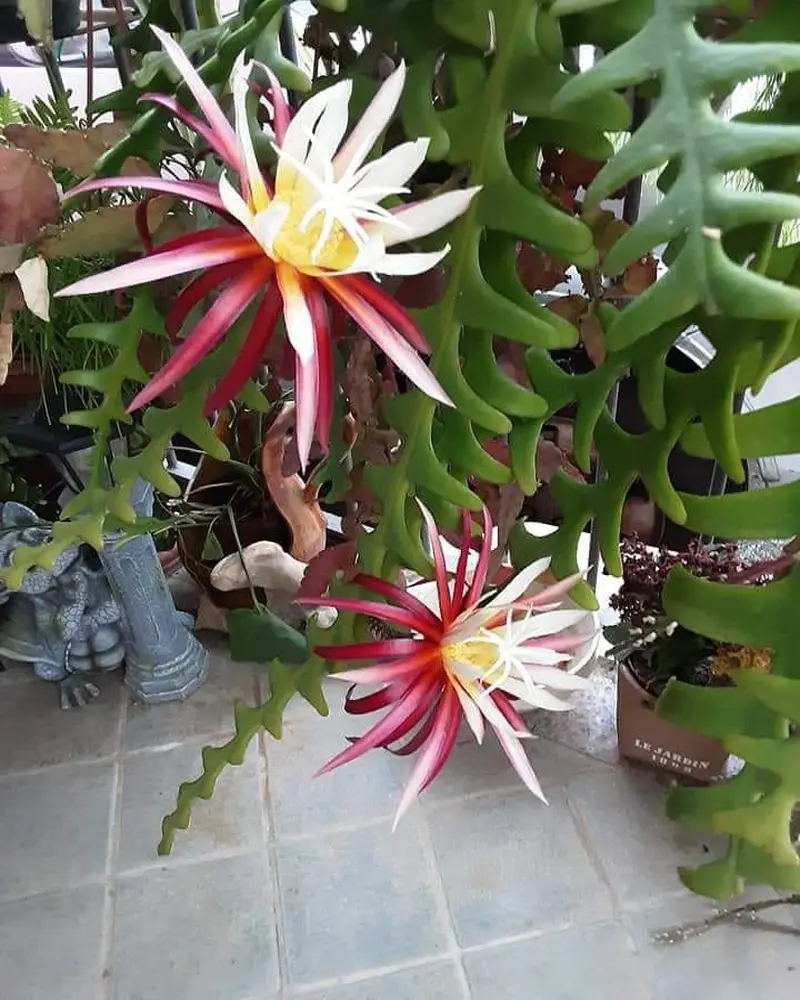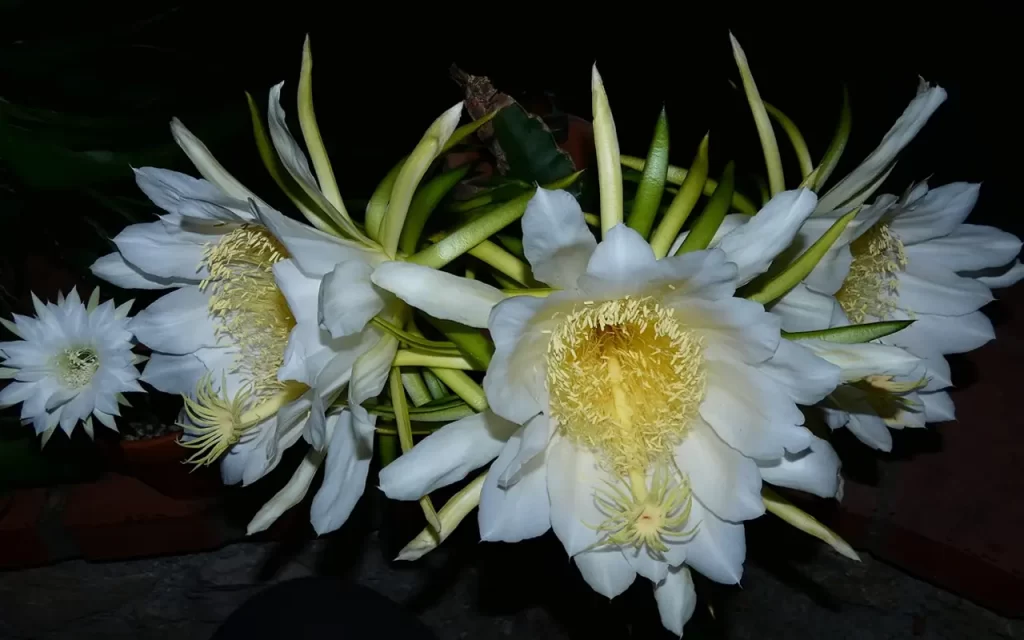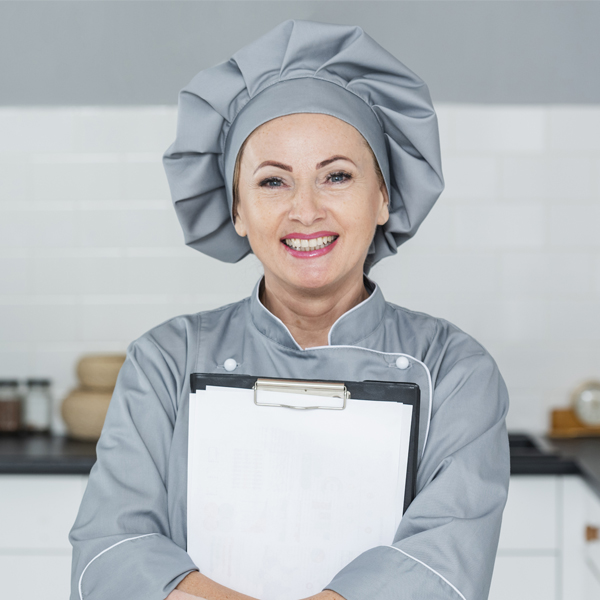The Fishbone Cactus (Epiphyllum anguliger), known for its unique zigzag-shaped leaves, is a captivating plant native to the rainforests of Mexico. Its fascinating foliage resembles a fish’s skeleton, which has earned it common names like Zigzag Cactus and Ric Rac Cactus. This low-maintenance cactus is a delight to grow indoors, boasting not only aesthetic appeal but also beautiful, fragrant blooms. Here’s an in-depth guide to help you grow and care for your Fishbone Cactus, ensuring it flourishes in any home setting.
1. Understanding the Fishbone Cactus
The Fishbone Cactus belongs to the Epiphyllum genus, a group of tropical cacti often found growing on trees in their natural habitat. Unlike desert cacti, Fishbone Cacti thrive in humid, shaded environments with indirect sunlight, mimicking the conditions of the rainforest canopy.
2. Optimal Growing Conditions for Fishbone Cactus
a. Light Requirements
The Fishbone Cactus requires bright, indirect sunlight to thrive. Although it’s a cactus, it does not fare well in intense, direct sunlight, which can scorch its delicate foliage. Place it near an east or north-facing window where it can receive filtered light. If grown outdoors, position it in a shaded spot or under a tree where sunlight is dappled.
If the cactus receives too little light, its growth will slow, and the leaves may lose their vibrant green hue. To supplement light indoors, consider using a grow light during darker months.
b. Temperature and Humidity
This tropical cactus thrives in warm temperatures and high humidity, similar to its native rainforest environment. The ideal temperature range for the Fishbone Cactus is between 60°F and 80°F (15°C to 27°C). It can tolerate temperatures down to 50°F (10°C), but exposure to colder temperatures may harm the plant.
Try to keep humidity levels at 50% or above. In dry climates, place a humidifier near the plant, or use a humidity tray with pebbles and water to raise the humidity level. Misting the plant occasionally can also help keep it happy.

3. Potting Mix and Repotting
a. Ideal Potting Mix
The Fishbone Cactus requires a well-draining, aerated potting mix to prevent root rot. Unlike typical cacti, this epiphytic plant doesn’t do well in sandy soil. Instead, use a blend of:
- Orchid bark or coconut coir (to simulate its natural growing medium on trees)
- Perlite or pumice (to enhance drainage)
- Peat moss (to retain moisture while still draining excess water)
You can also use a pre-mixed potting soil designed for orchids or epiphytes and add perlite for better aeration.
b. Repotting Tips
Fishbone Cacti benefit from repotting every 1-2 years or when they become root-bound. Repotting refreshes the soil, providing the plant with new nutrients. Choose a slightly larger pot with drainage holes to prevent waterlogging.
Steps to repot:
- Carefully remove the plant from its old pot, loosening any compacted soil around the roots.
- Place it in the new pot, filling the sides with the fresh potting mix.
- Gently press the soil around the base and water lightly.
4. Watering the Fishbone Cactus
The Fishbone Cactus enjoys a moderate watering routine. Unlike desert cacti, it doesn’t tolerate long periods of drought. Water the plant when the top inch of soil feels dry to the touch, typically every 7-10 days during the growing season (spring and summer). During the winter months, reduce watering to once every 2-3 weeks, as the plant enters a period of dormancy.
Tips for watering:
- Use room-temperature water to avoid shocking the roots.
- Water thoroughly, allowing excess water to drain out.
- Avoid allowing the plant to sit in standing water, as this can cause root rot.
5. Fertilizing the Fishbone Cactus

Fishbone Cacti benefit from regular feeding during their growing season to promote healthy growth and flowering. Use a balanced, water-soluble fertilizer with an N-P-K ratio of 10-10-10 or 20-20-20. Dilute it to half the recommended strength and apply it once a month from spring to early fall.
Important Tips:
- Be cautious not to over-fertilize, as this can result in salt buildup and harm the roots.
- Do not fertilize during the winter, as the plant’s growth slows down and it requires fewer nutrients.
6. Encouraging Fishbone Cactus Blooms
The Fishbone Cactus produces stunning, fragrant flowers that open at night and last for only a day or two. These blooms typically appear in late summer or early fall, but they can be elusive. To encourage flowering:
- Provide consistent bright, indirect light throughout the growing season.
- Maintain humidity levels above 50% and avoid dry, arid conditions.
- Ensure the plant is slightly pot-bound; Fishbone Cacti are more likely to bloom when their roots are slightly constricted.
Patience is key with these plants, as it may take a few years for a Fishbone Cactus to bloom, especially if it’s grown from a cutting.
7. Common Pests and Problems
While Fishbone Cacti are relatively pest-resistant, they can occasionally attract mealybugs, scale insects, and spider mites. Regular inspection and prompt treatment can prevent infestations from damaging your plant.
a. Mealybugs
These tiny, white, cotton-like insects feed on plant sap, weakening the cactus over time. To treat, dab the affected areas with a cotton swab dipped in rubbing alcohol or use an insecticidal soap.
b. Spider Mites
Spider mites appear as tiny, reddish-brown dots that leave a faint webbing on the plant. Increase humidity and spray the plant with neem oil or a mild insecticide to eradicate these pests.
c. Root Rot
Overwatering can cause root rot, a common issue in Fishbone Cacti. Signs include wilting, yellowing leaves, and a foul smell from the roots. To prevent root rot, always check the soil’s moisture before watering and ensure proper drainage.

8. Propagating the Fishbone Cactus
Propagating the Fishbone Cactus is a simple and rewarding process. The best method is to propagate by cuttings during the spring or summer months.
Steps for Propagation:
- Using sterilized scissors, cut a healthy segment of the cactus (around 4-6 inches long).
- Let the cutting dry for a day or two to allow the cut end to callous over.
- Place the cutting in a pot with a well-draining potting mix.
- Water sparingly, only when the soil feels dry, and keep the pot in a warm, bright location out of direct sunlight.
- After a few weeks, new roots should develop, and your cutting will start to grow.
9. Seasonal Care Tips
During winter, the Fishbone Cactus enters a dormant phase. Reduce watering and do not fertilize during this time. Move the plant to a cooler room (around 50°F or 10°C) if possible, as this period of rest helps encourage blooming in the following season.
Preparing for Dormancy
To help your Fishbone Cactus thrive year-round:
- Gradually reduce watering starting in late fall.
- Place it in a slightly cooler, bright location with indirect light.
- Avoid moving the plant excessively, as this can disrupt its rest period.
With the right care, a Fishbone Cactus can become a beautiful, low-maintenance addition to any indoor plant collection, offering exotic charm and occasional bursts of stunning blooms.


